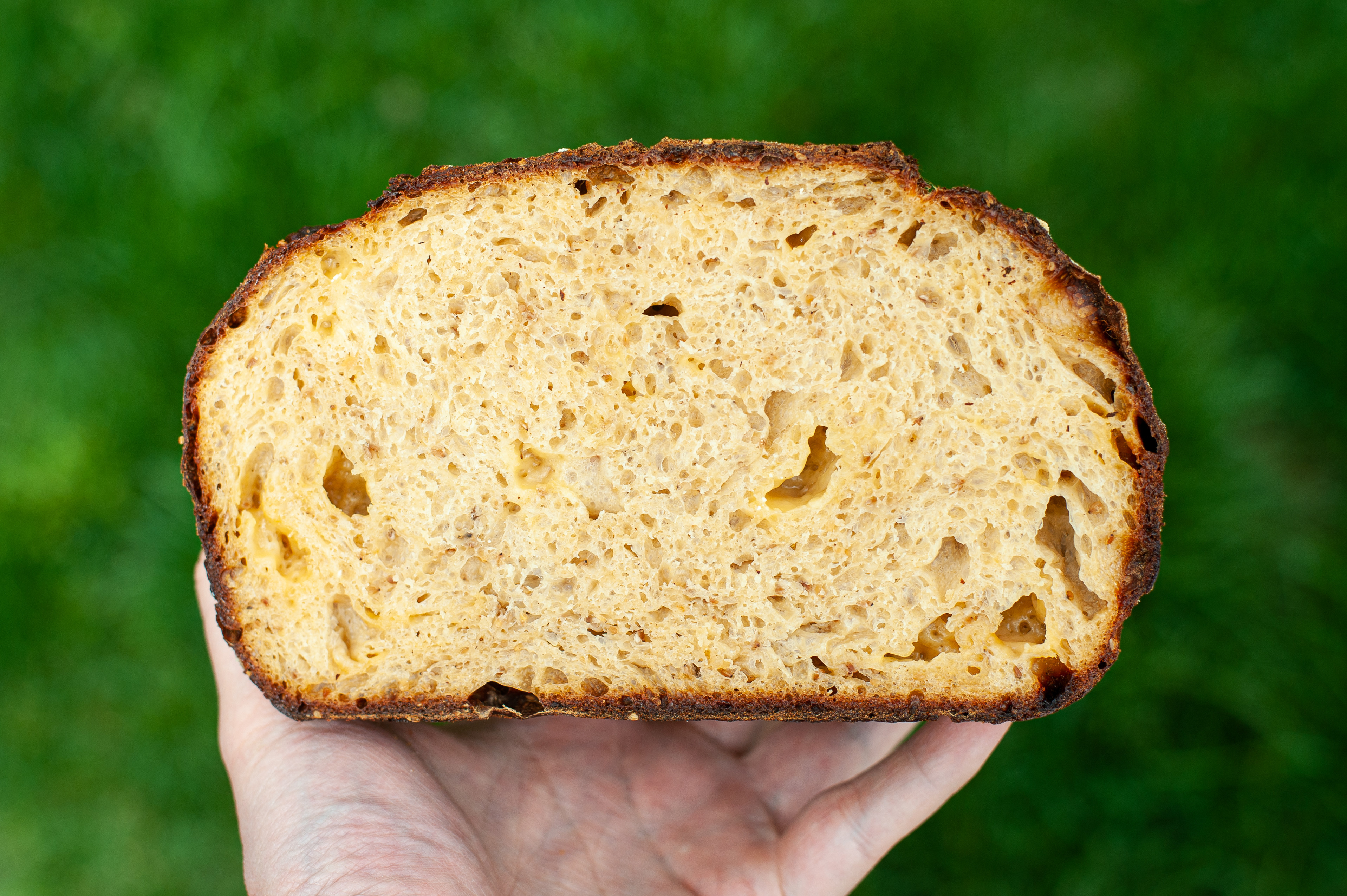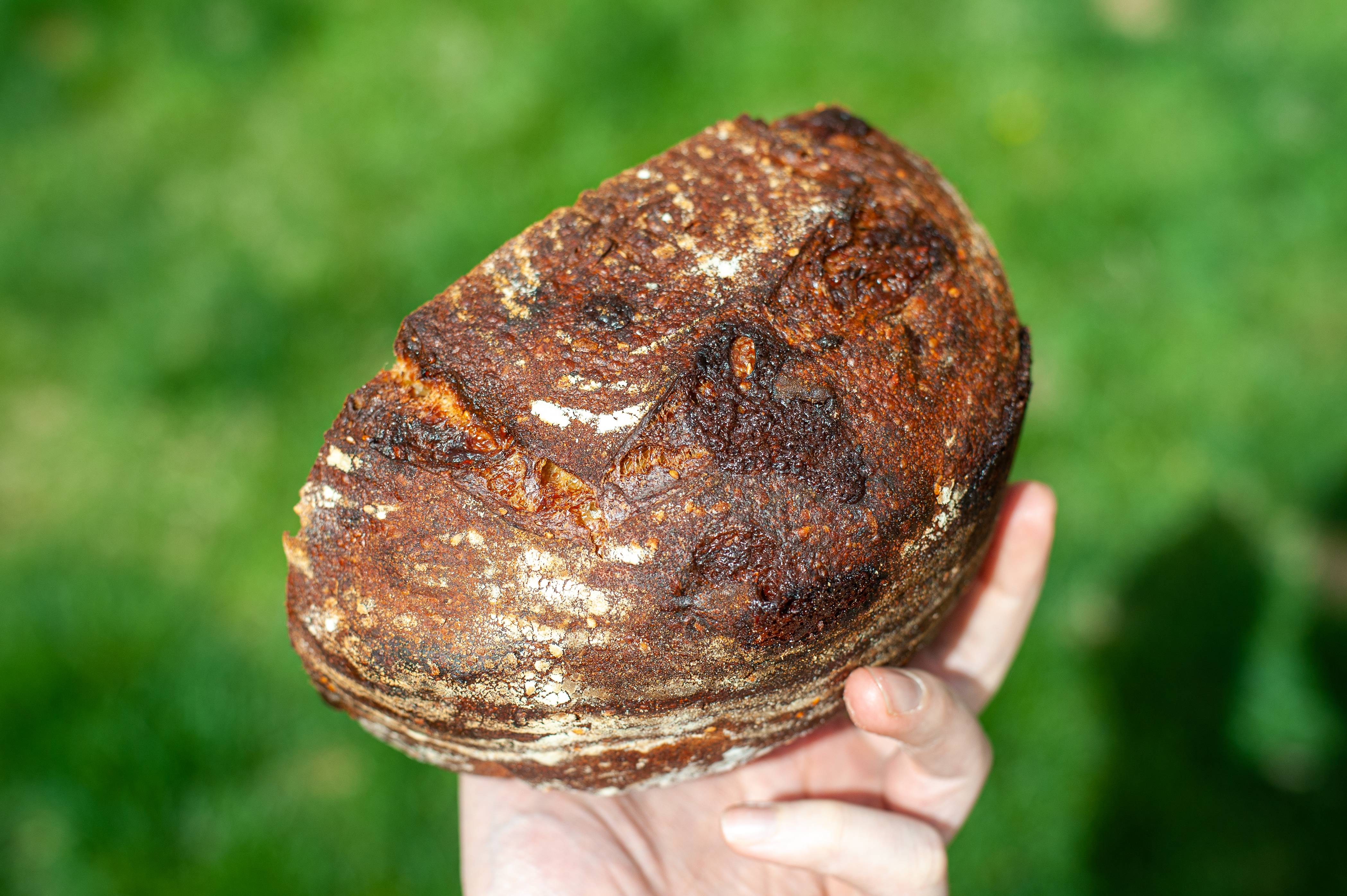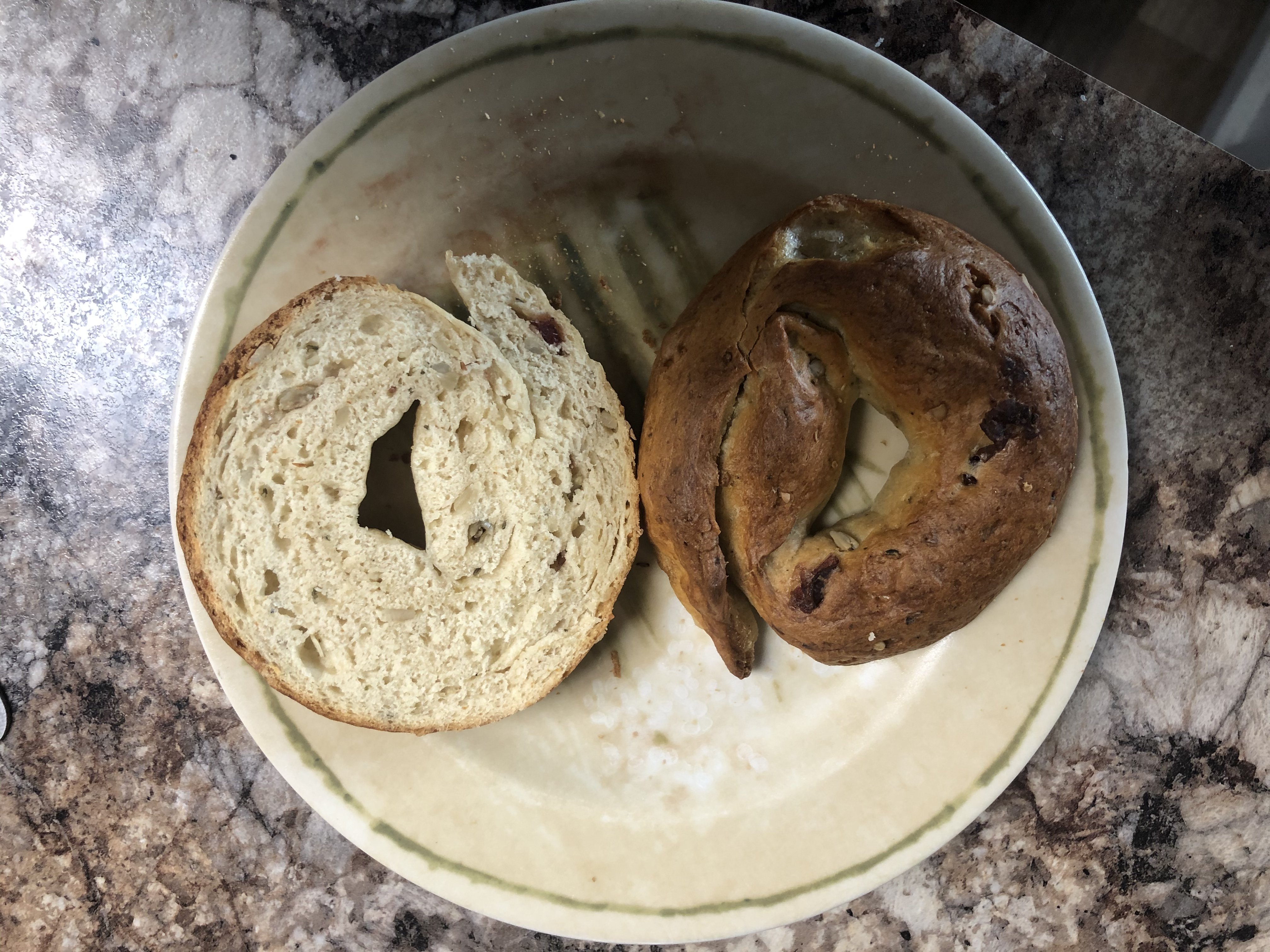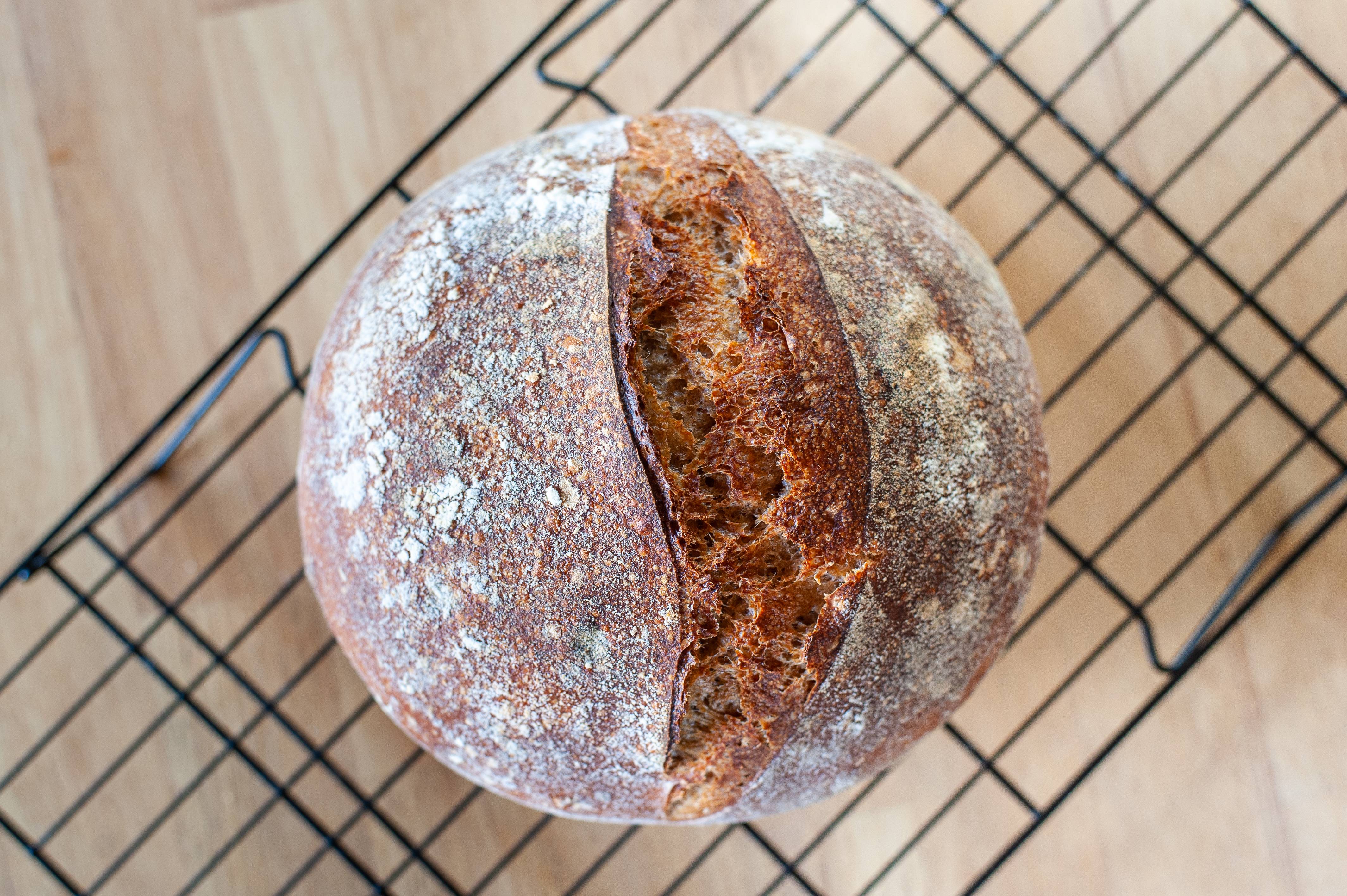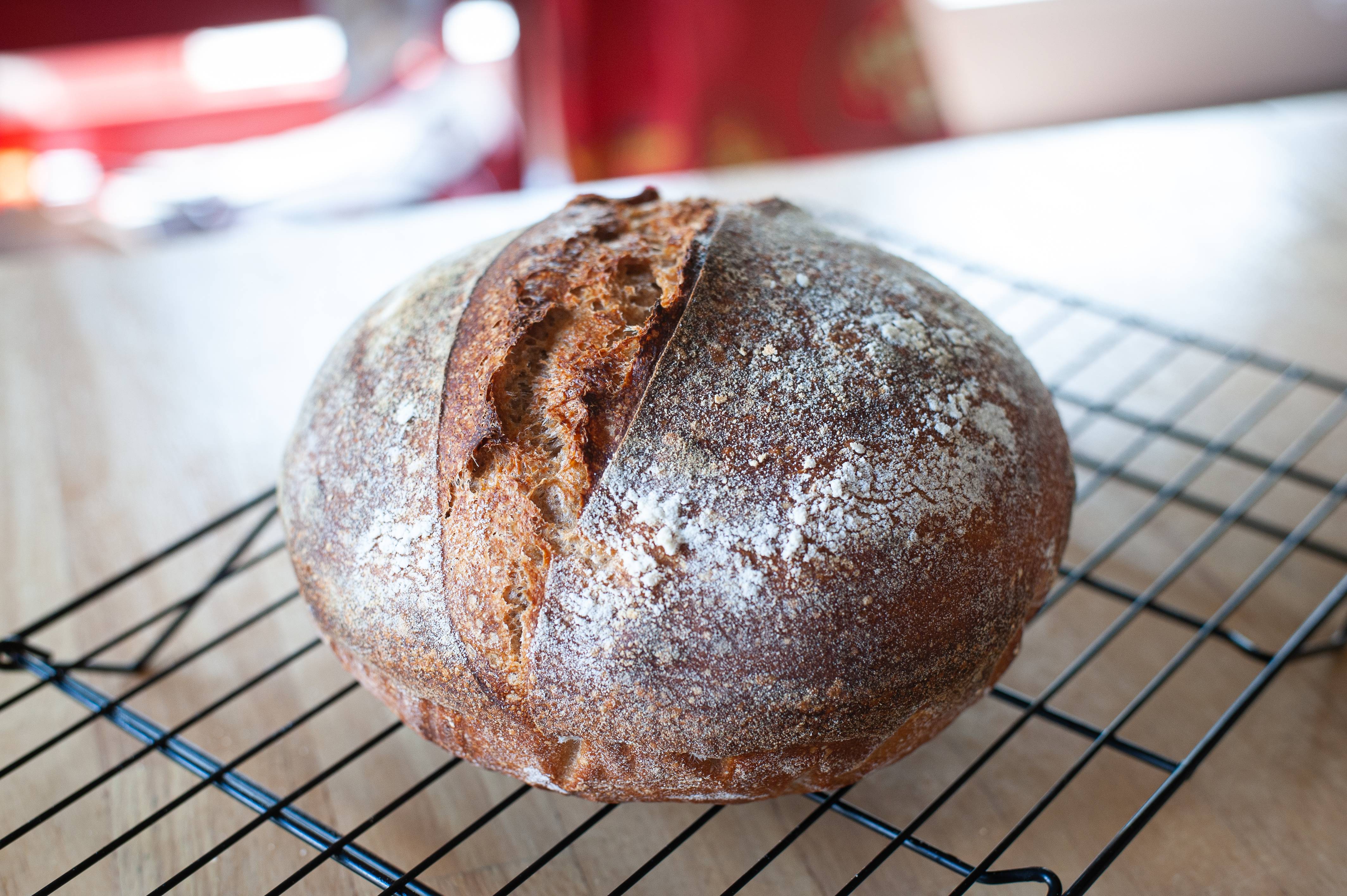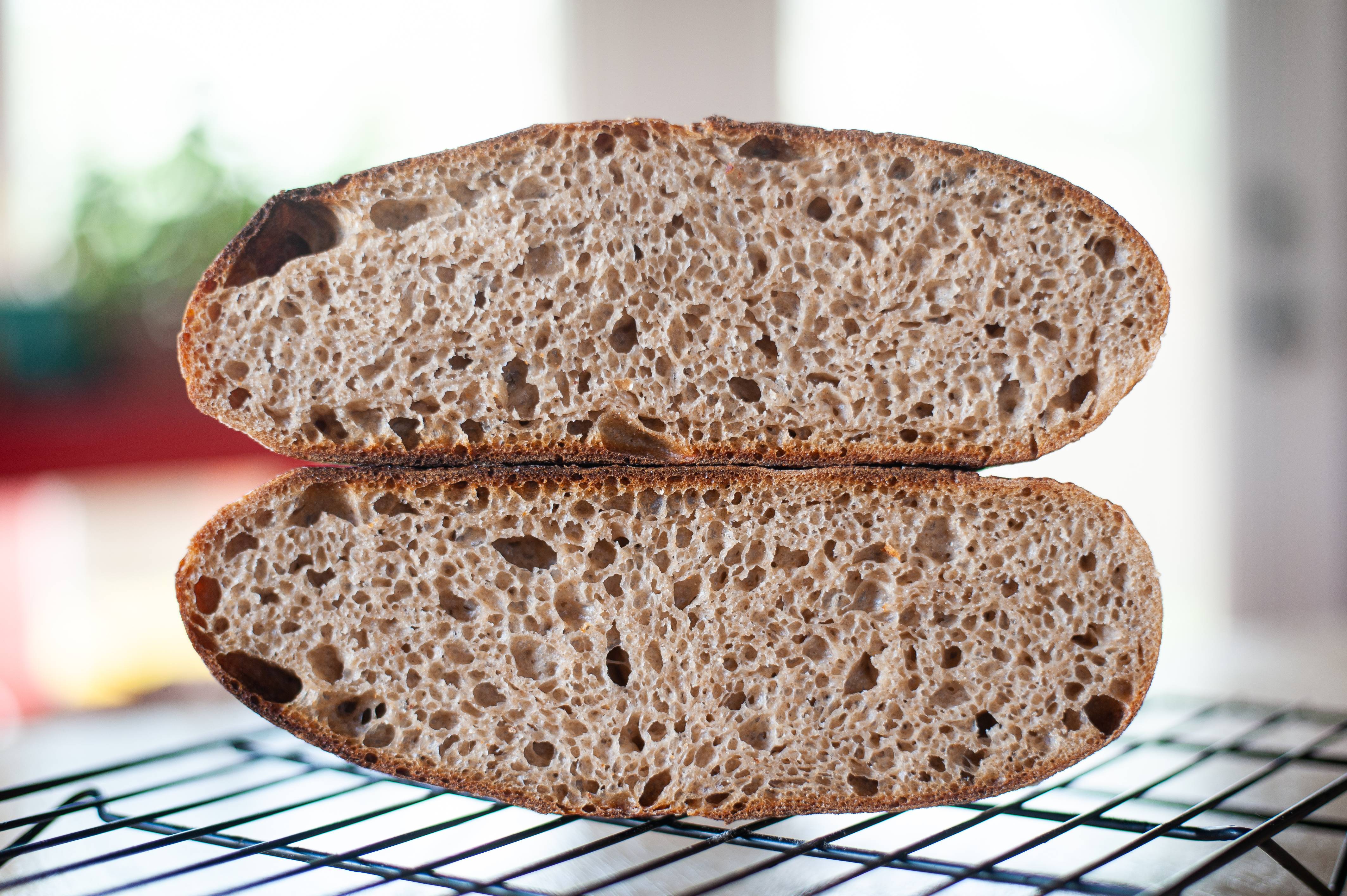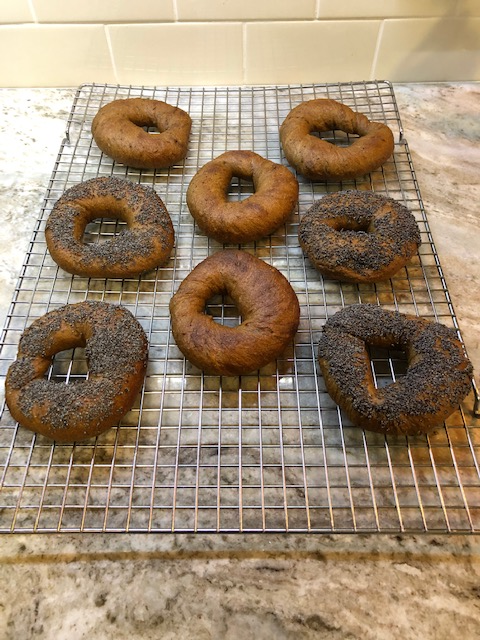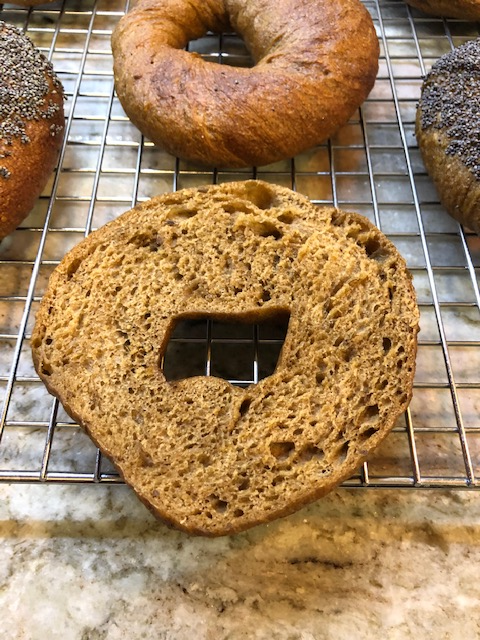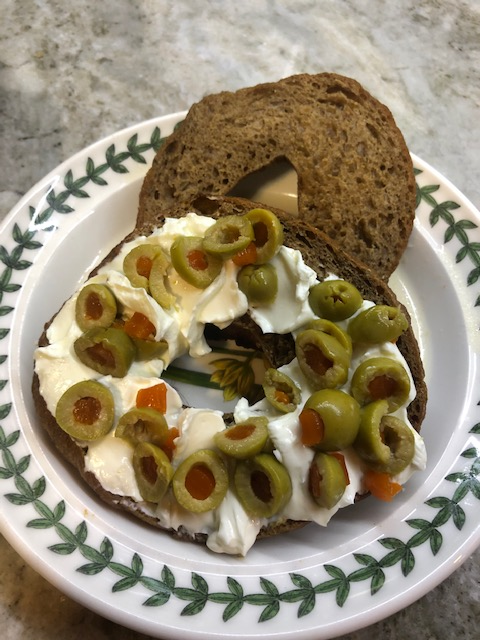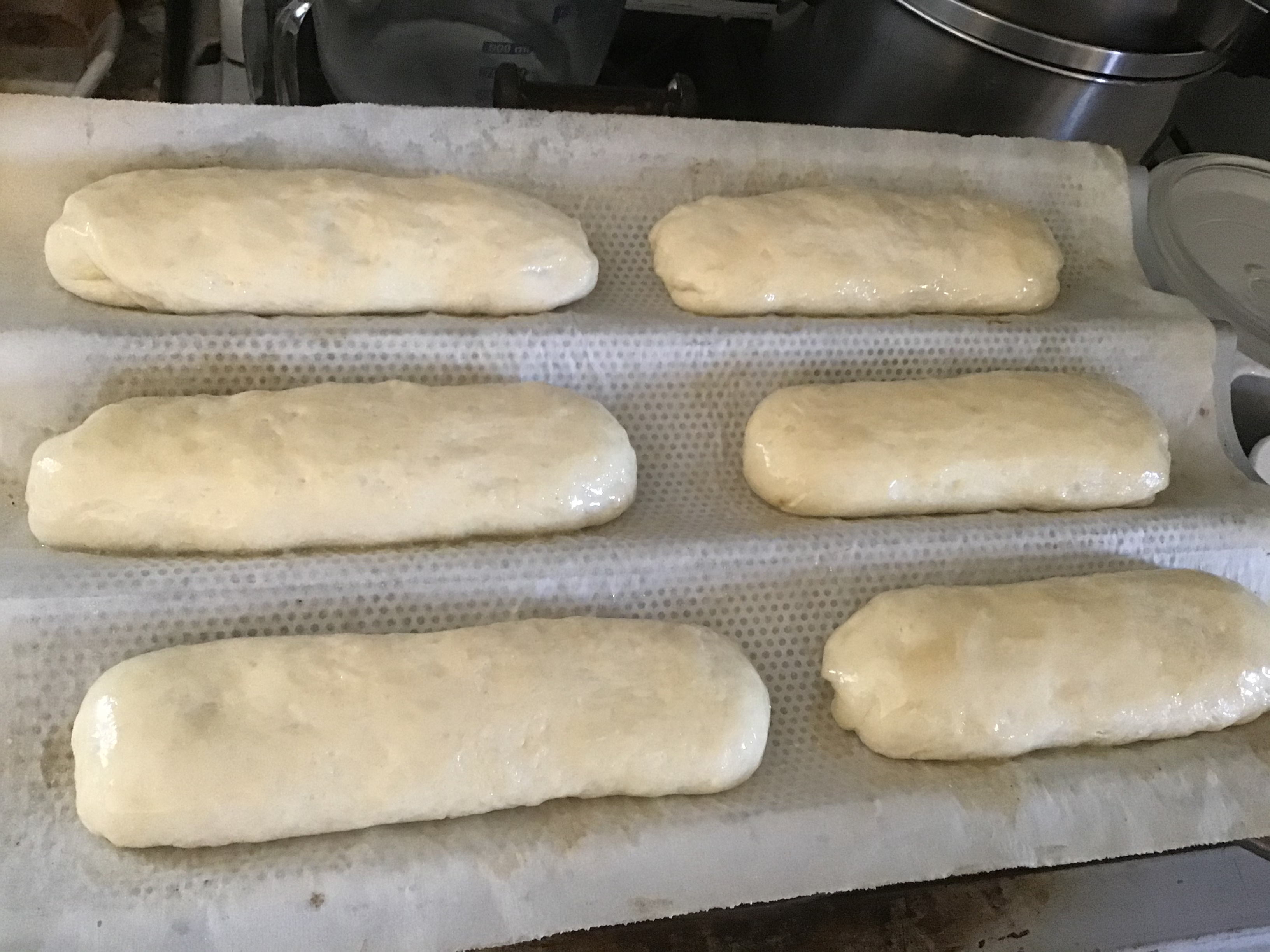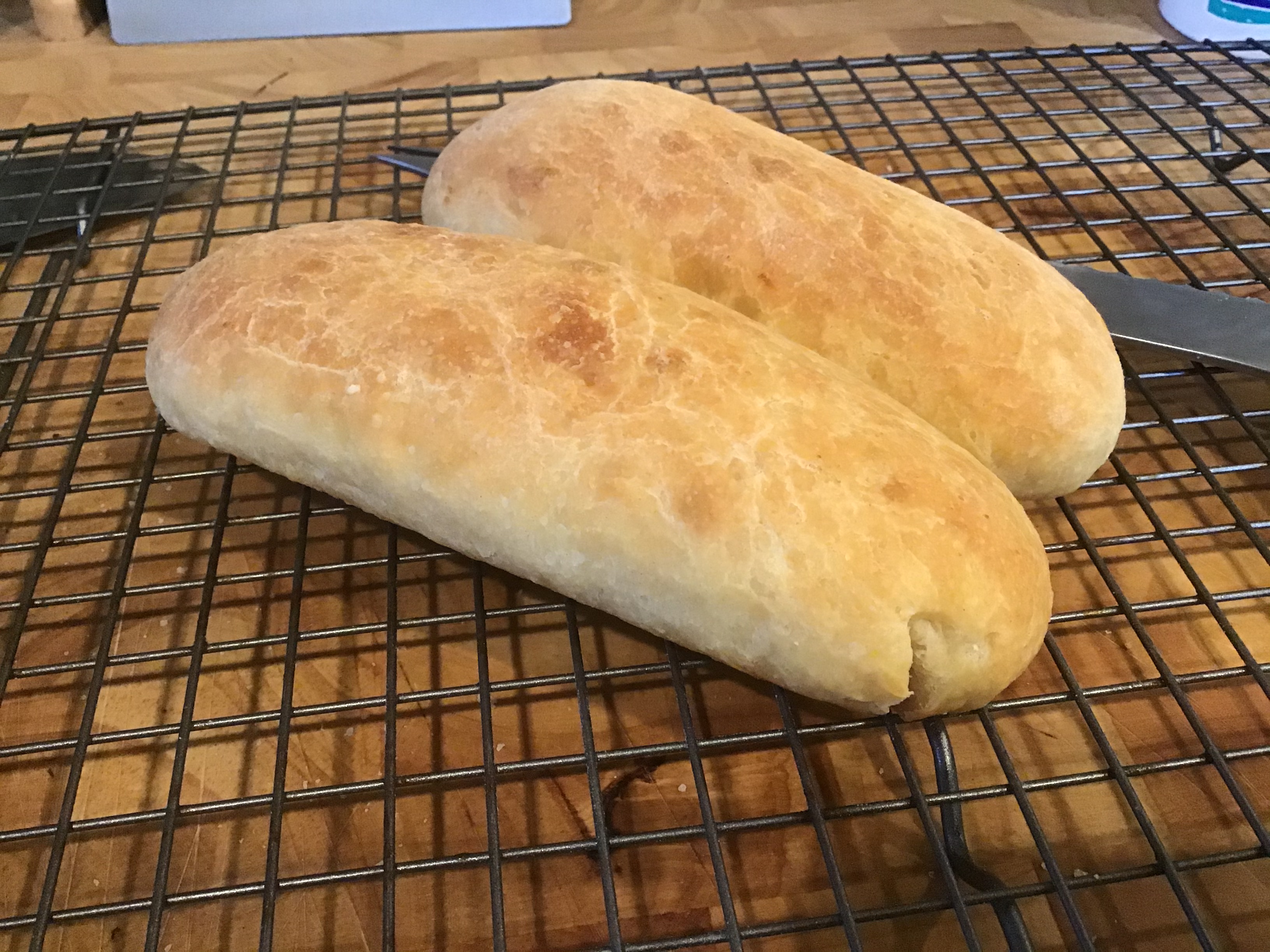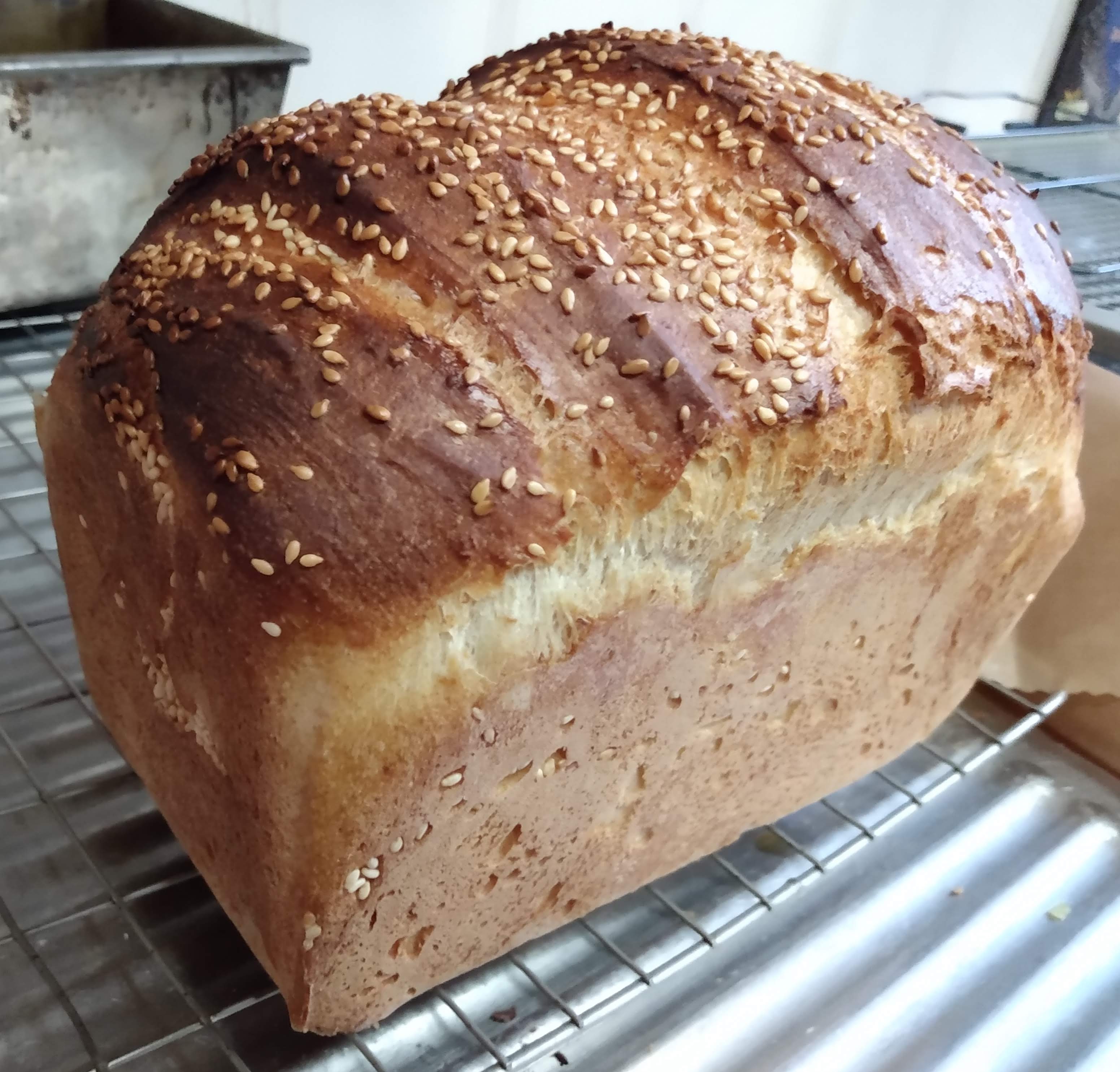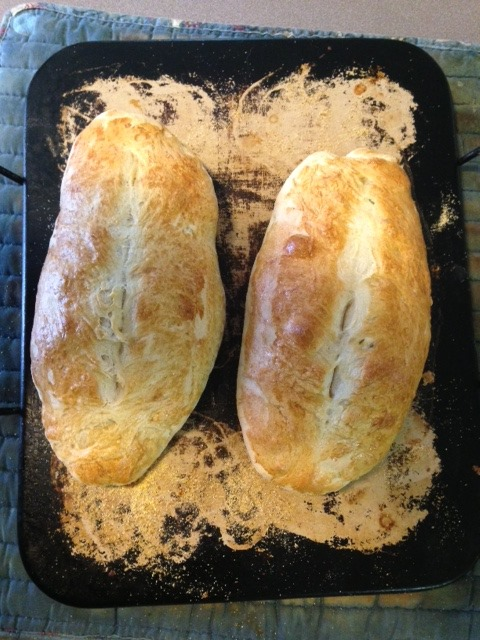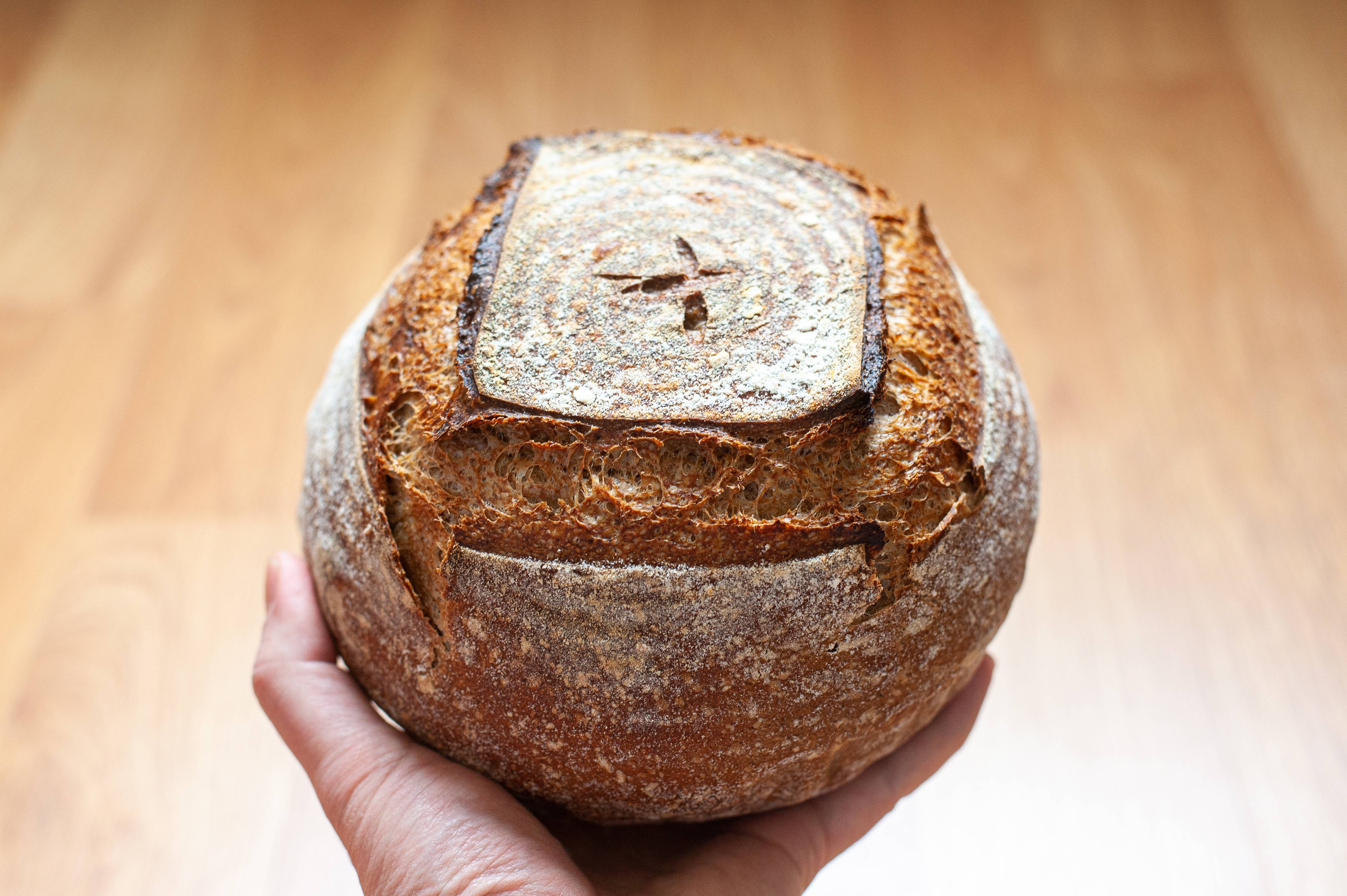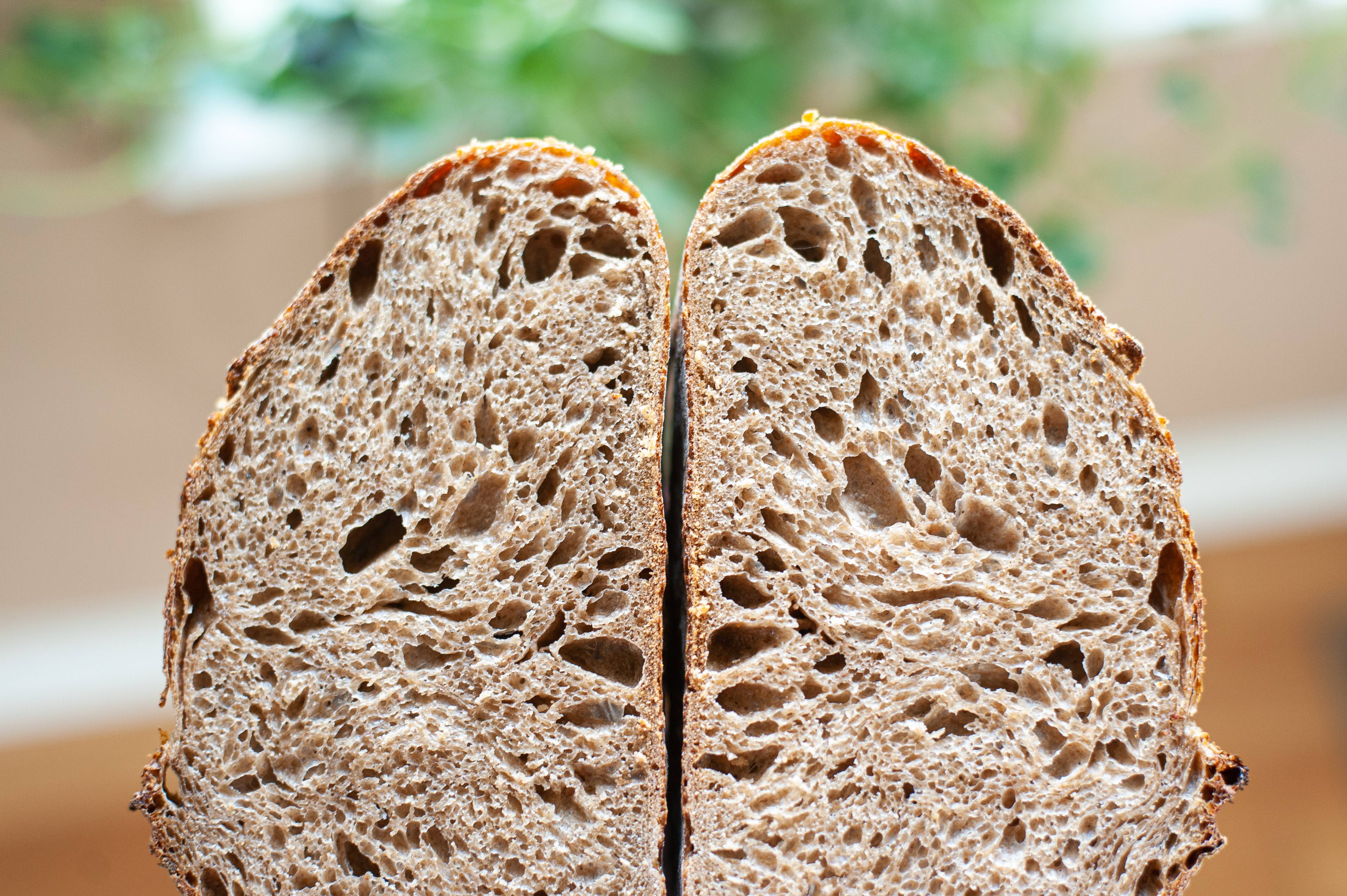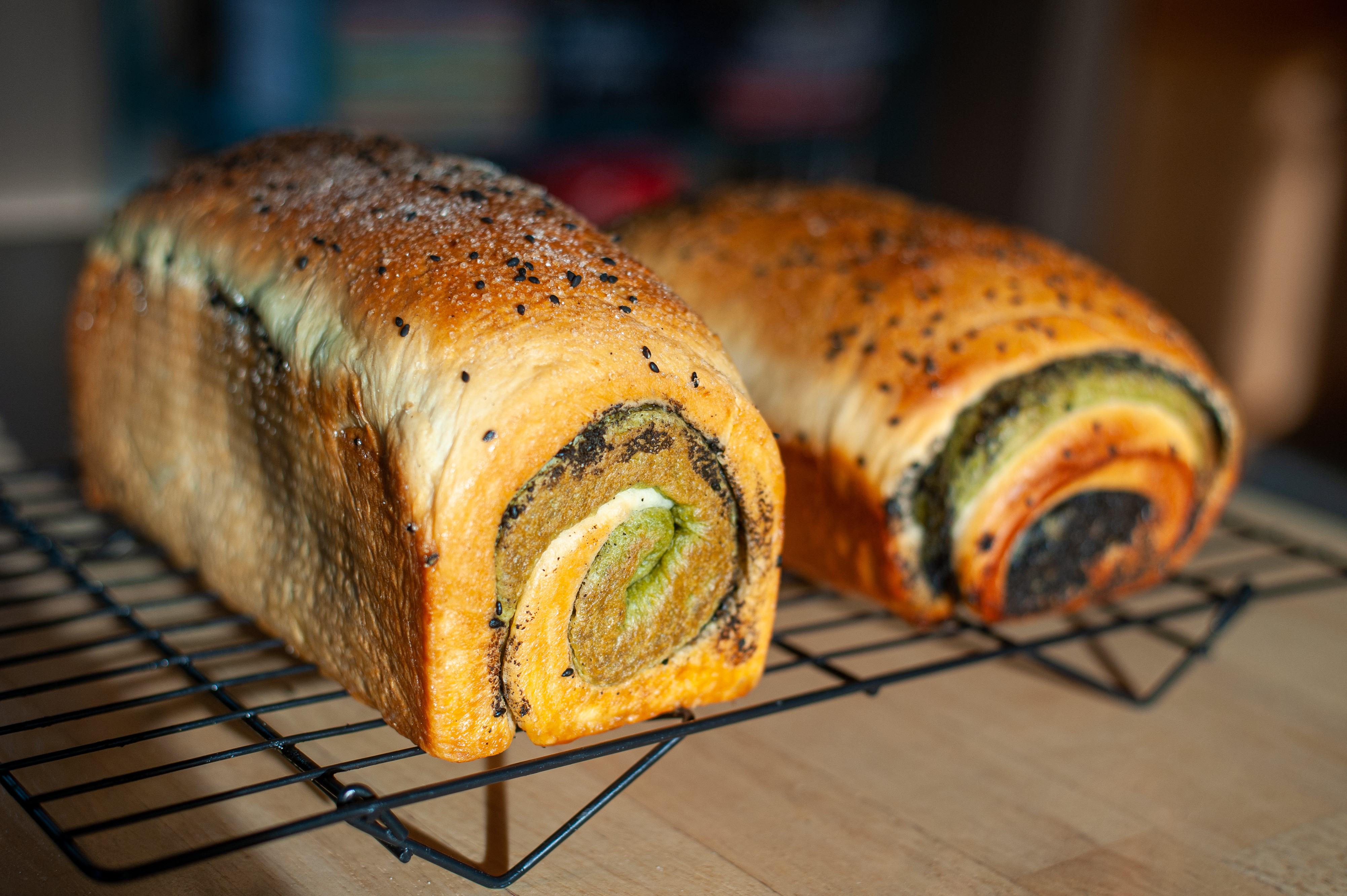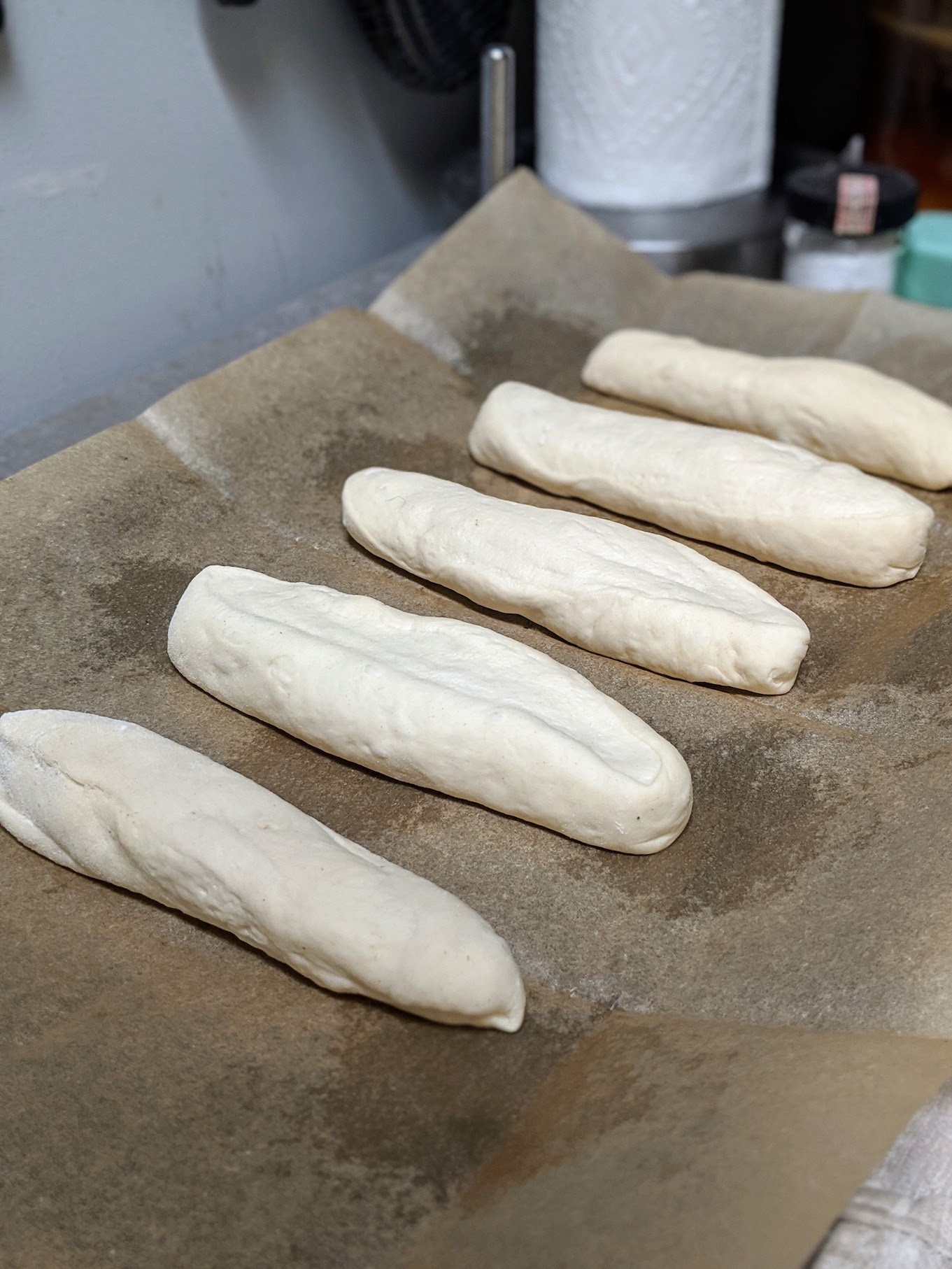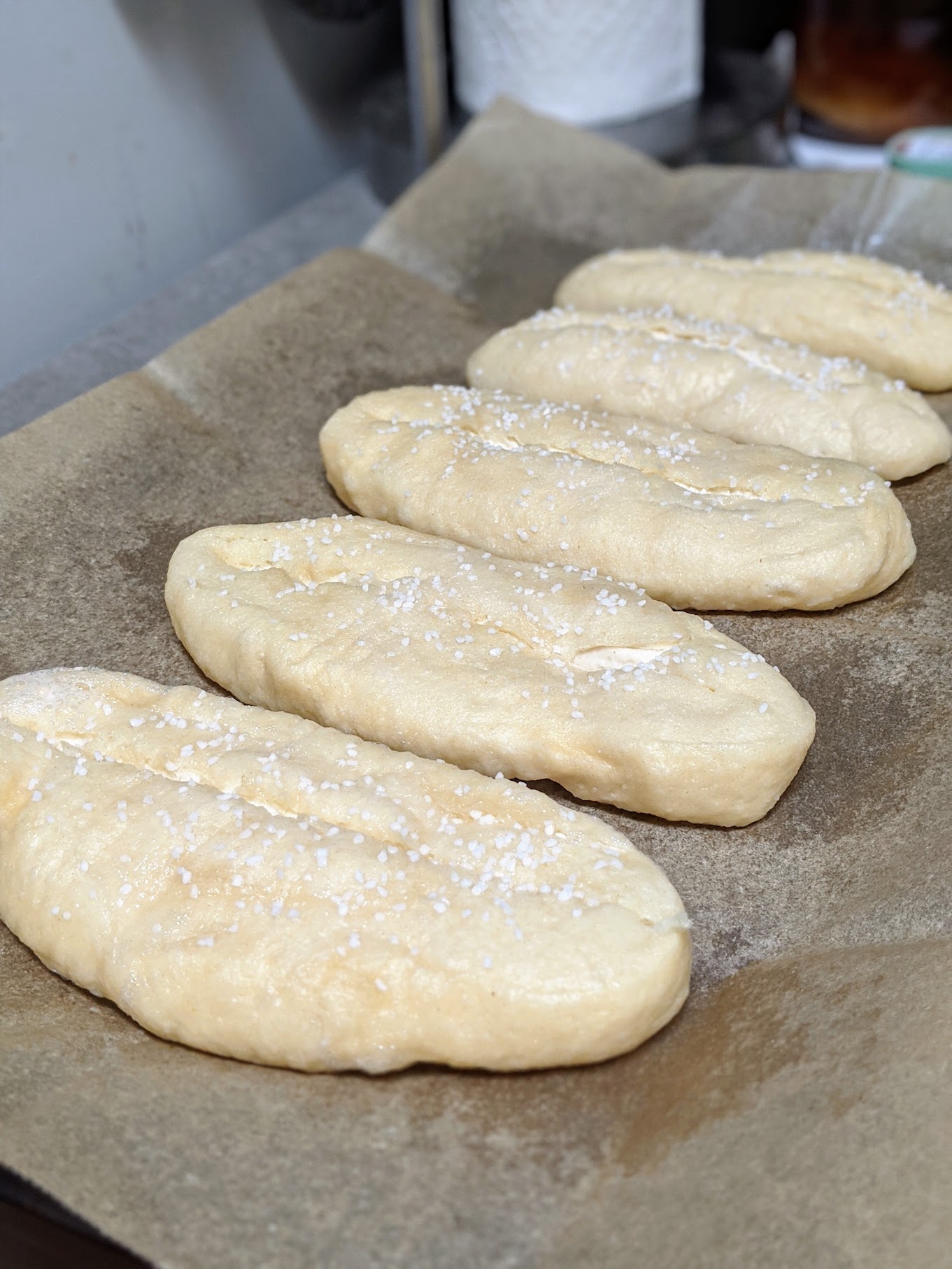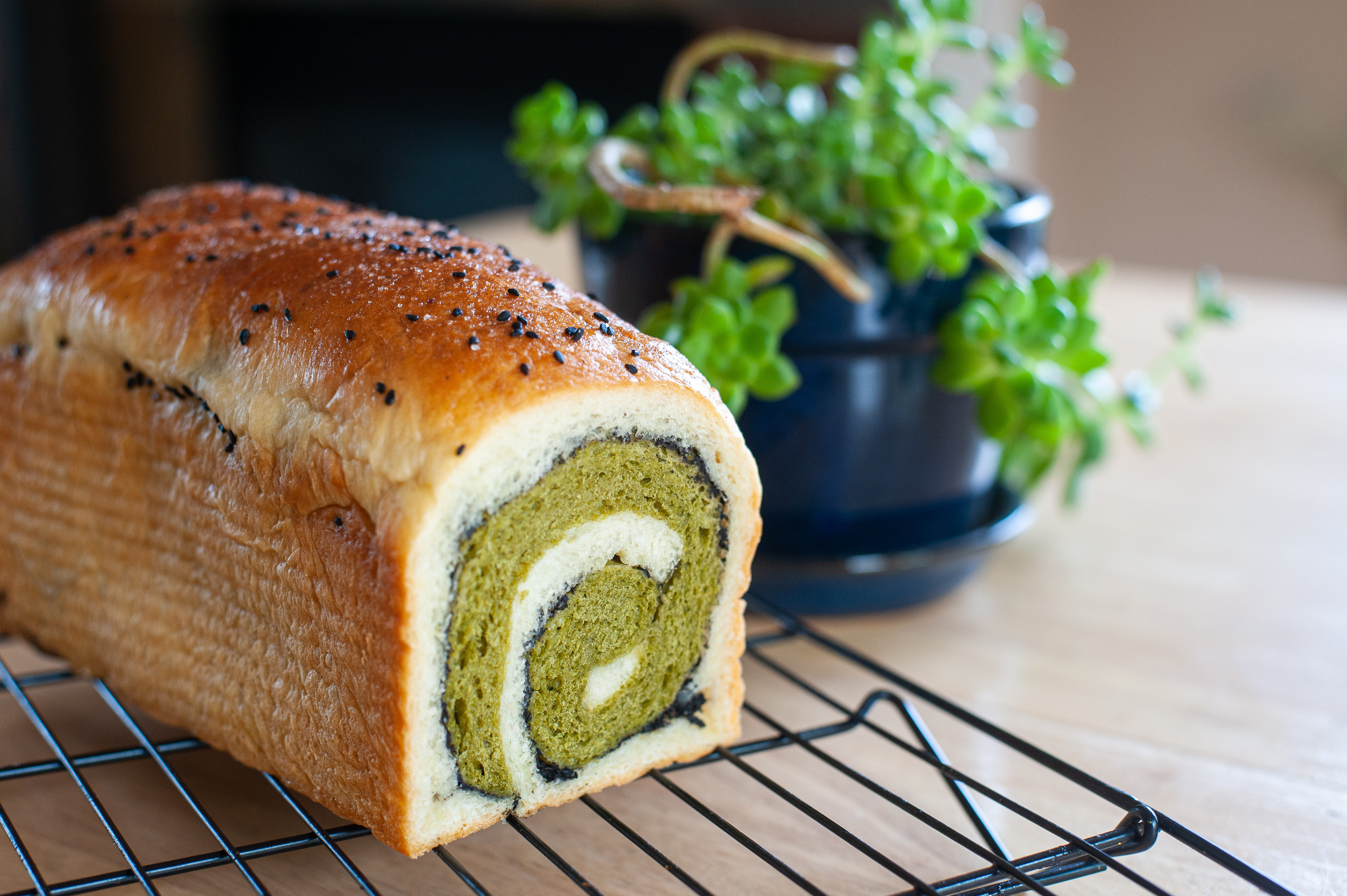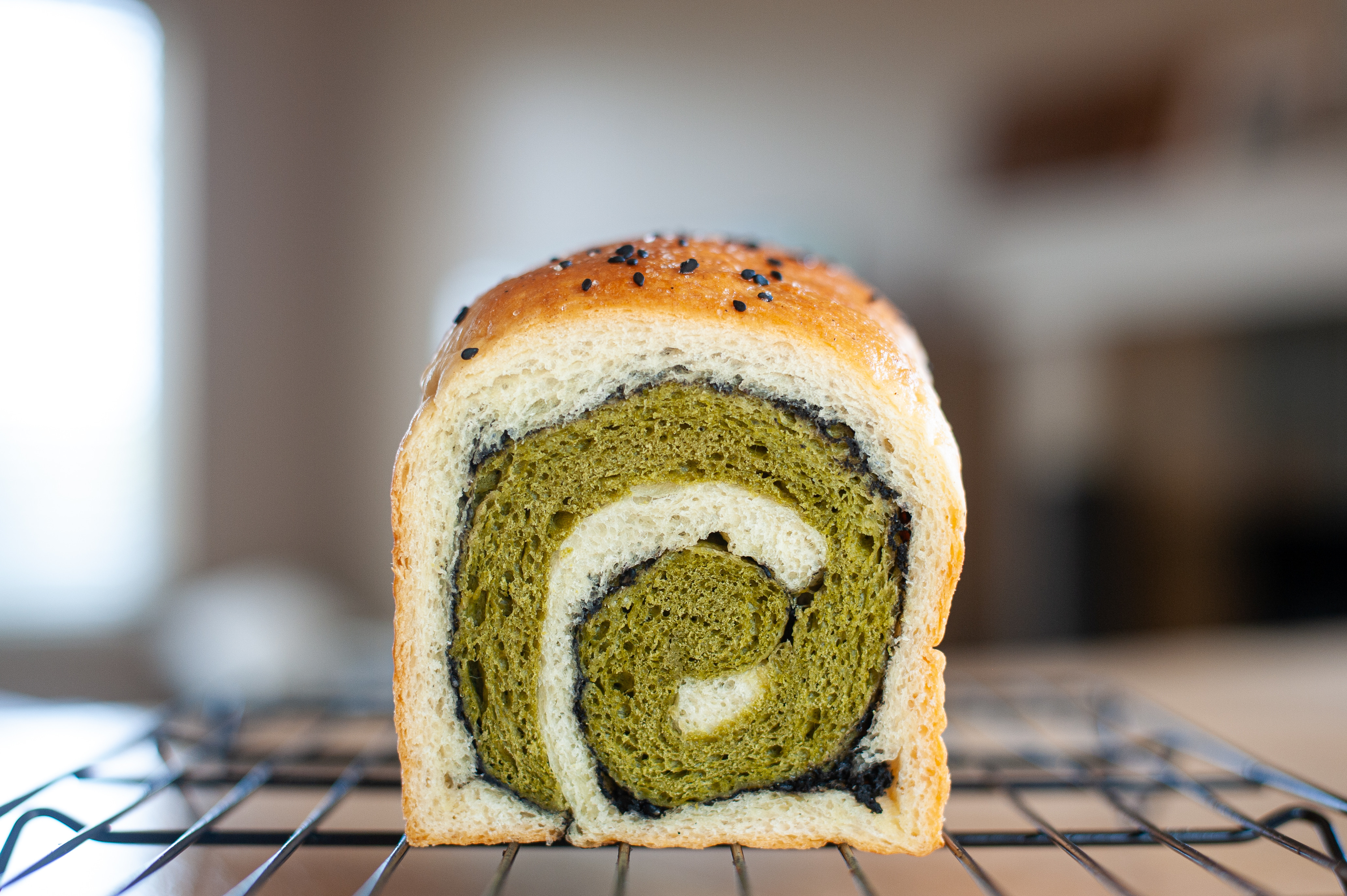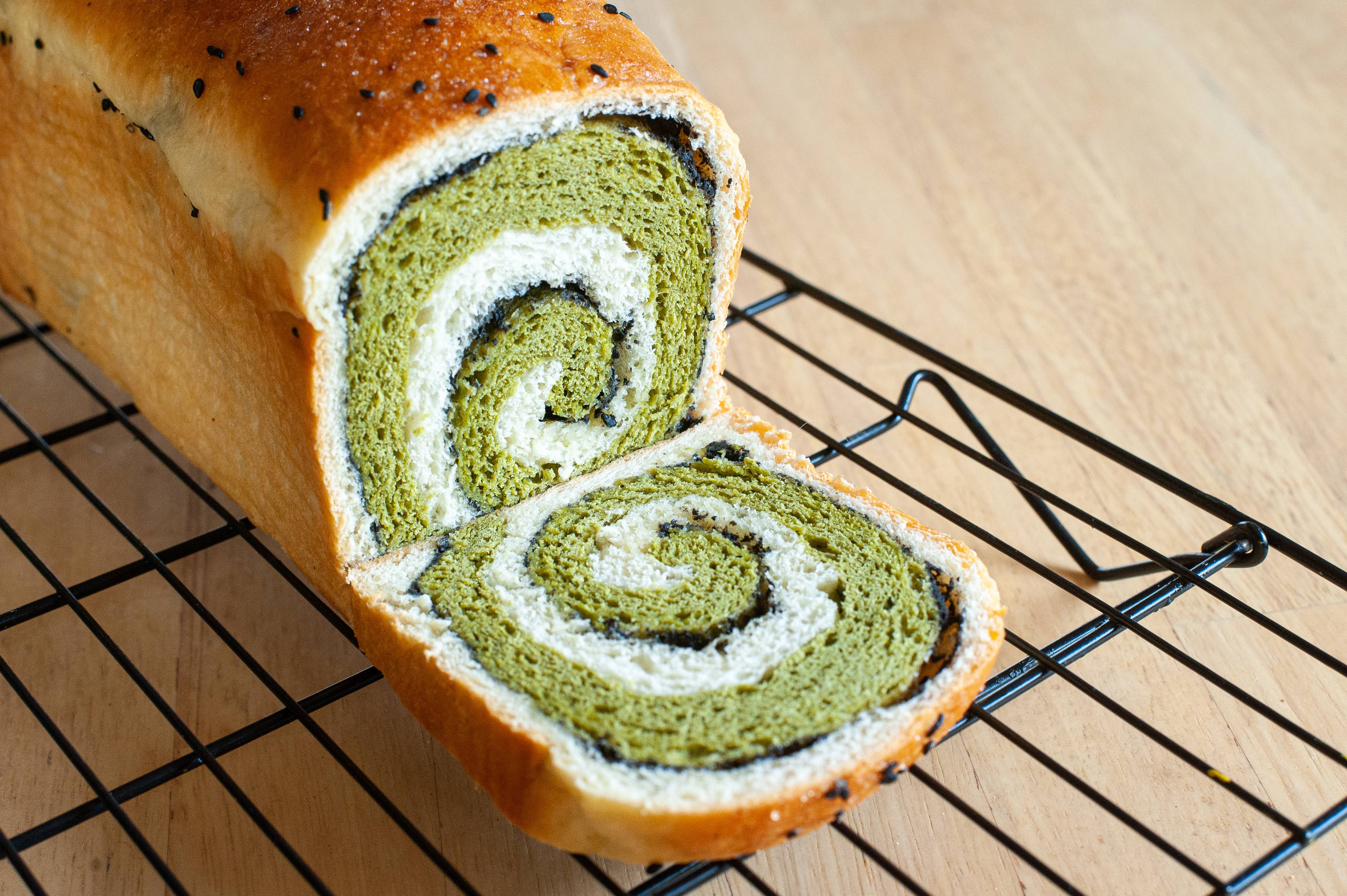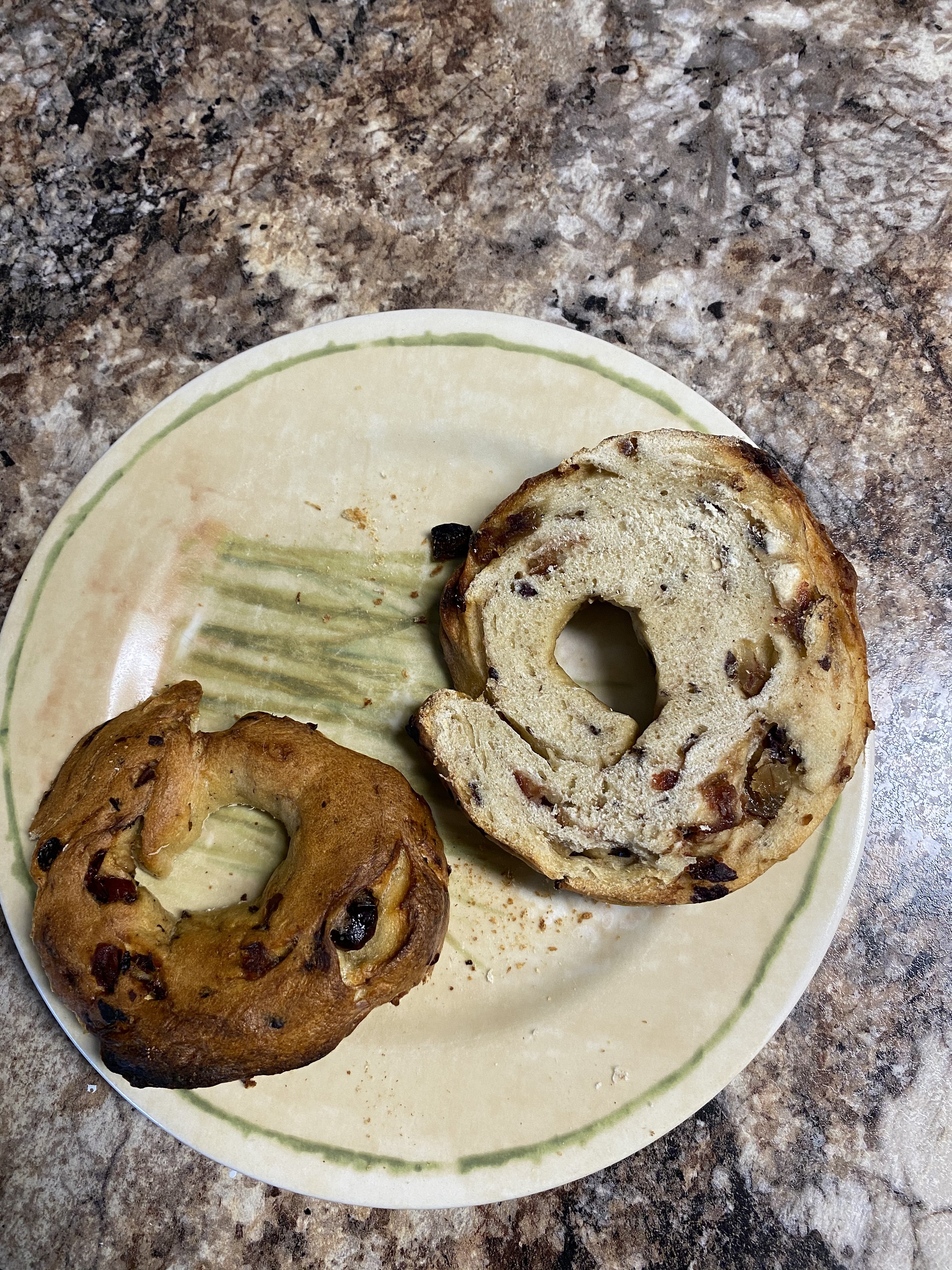Thanks, I did the poke test and i got the correct rebound to know it was proofed. I used starter that was fed a few times to wake up. I believe it deflated as it was about 3/4 inch below tha basket rim and the bread is pretty dense along the bottom crust. Today’s loaf is really nice. I used AP flour, since that is all I could find right now, so less gluten developed undoubtedly.I had that happen to my first few sourdough loaves. Did you use a sourdough culture or bakers yeast?
It looks like there might have been two issues:
1. You didn't give it enough structure or develop the gluten well enough. This can be accomplished by giving the dough proper stretch + folds within the first 90 minutes of bulk fermentation.
2. You might have over fermented or over proofed it. There are many different variables that go into this, but the biggest ones are ambient temperature and how much yeast you used. The warmer the temp or the more yeast you use, the faster the dough will ferment and proof.
I appreciate your taking the time to help out.



